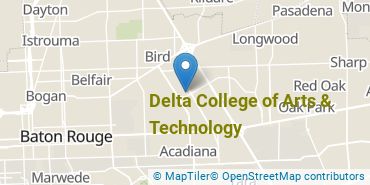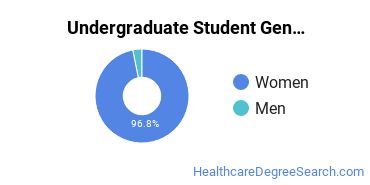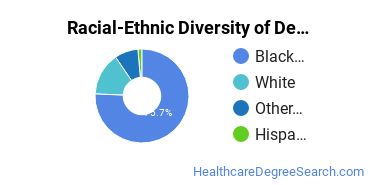Delta College of Arts & Technology Healthcare Programs
Delta College of Arts & Technology is a private for-profit institution situated in Baton Rouge, Louisiana. Baton Rouge is a great location for students who prefer city over country life.
Featured schools near , edit
Where Is Delta College of Arts & Technology?

Contact details for Delta College of Arts & Technology are given below.
| Contact Details | |
|---|---|
| Address: | 7380 Exchange Place, Baton Rouge, LA 70806-1529 |
| Phone: | 225-928-7770 |
| Website: | www.deltacollege.com |
Can I Afford Delta College of Arts & Technology?
Student Loan Debt
Almost 66% of college students who graduated with the class of 2018 took out student loans, but that percentage varies from school to school. At Delta College of Arts & Technology, approximately 73% of students took out student loans averaging $5,168 a year. That adds up to $20,672 over four years for those students.
Delta College of Arts & Technology Undergraduate Student Diversity
Gender Diversity
Of the 287 full-time undergraduates at Delta College of Arts & Technology, 6% are male and 94% are female.

Racial-Ethnic Diversity
The racial-ethnic breakdown of Delta College of Arts & Technology students is as follows.

| Race/Ethnicity | Number of Grads |
|---|---|
| Asian | 0 |
| Black or African American | 217 |
| Hispanic or Latino | 0 |
| White | 62 |
| International Students | 0 |
| Other Races/Ethnicities | 8 |
Delta College of Arts & Technology Healthcare Concentrations
The table below shows the number of awards for each concentration.
| Major | Basic Certificate | Undergraduate Certificate | TOTAL |
|---|---|---|---|
| Licensed Practical/Vocational Nurse Training | 0 | 71 | 71 |
| Medical/Clinical Assistant | 35 | 0 | 35 |
| Dental Assisting/Assistant | 10 | 0 | 10 |
| Medical Office Assistant/Specialist | 5 | 0 | 5 |
| TOTAL | 50 | 71 | 121 |
References
*The racial-ethnic minorities count is calculated by taking the total number of students and subtracting white students, international students, and students whose race/ethnicity was unknown. This number is then divided by the total number of students at the school to obtain the racial-ethnic minorities percentage.
More about our data sources and methodologies.
